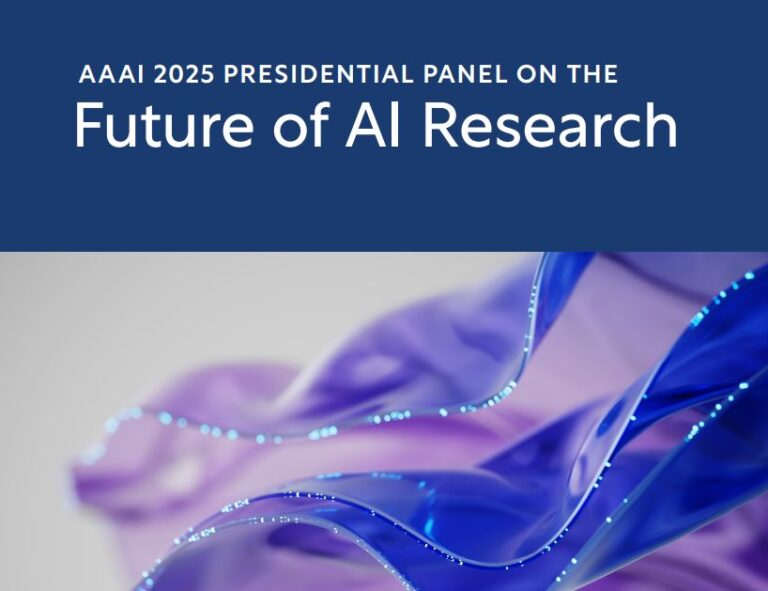AI Tools for Creating Automated Financial Advisory Services: The Future of Personalized Finance
In recent years, artificial intelligence (AI) has revolutionized industries, and finance is no exception. Automated financial advisory services, often referred to as robo-advisors, have emerged as a game-changer, offering cost-effective, data-driven, and scalable solutions for investors. These services leverage AI tools to analyze user data, predict market trends, and deliver tailored financial advice, democratizing access to wealth management while challenging traditional models. As the demand for personalized financial guidance grows, AI-powered tools are reshaping how individuals and institutions approach investing, budgeting, and long-term planning.
The Rise of AI in Financial Advisory Services
Traditional financial advising has long been associated with high fees, limited accessibility, and subjective decision-making. Automated financial advisory services, powered by AI, are breaking these barriers by combining machine learning, natural language processing (NLP), and big data analytics to provide efficient, round-the-clock support. These tools cater to a wide range of clients, from young investors seeking low-cost portfolio management to retirees looking for optimized income strategies.
According to a 2023 report by Statista, the global robo-advisor market is projected to surpass $1.5 trillion by 2027, driven by advancements in AI and increasing digital literacy. This shift reflects a growing trust in technology to handle complex financial decisions, from asset allocation to tax optimization.
Key AI Tools Transforming Financial Advisory
1. Robo-Advisors: The Cornerstone of Automation
Platforms like Betterment, Wealthfront, and Nutshell Wealth use AI algorithms to create and manage investment portfolios based on user risk tolerance, goals, and time horizons. These tools assess client data, including income, savings, and financial history, to recommend diversified asset allocations.
Benefits: Low fees (often 0.25% or less), 24/7 accessibility, and automated rebalancing of portfolios.
Example: Wealthfront’s Personal Capital uses AI to track spending habits, suggest savings strategies, and optimize investment returns.
2. Machine Learning Algorithms for Predictive Insights
AI-driven machine learning models analyze historical data, market trends, and economic indicators to predict future outcomes. These algorithms can identify patterns that humans might overlook, enabling proactive financial planning.
Portfolio Optimization: Tools like BlackRock’s Aladdin use machine learning to assess risk and return, helping advisors construct resilient portfolios.
Credit Scoring: Startups like Upstart use AI to evaluate loan risks more accurately than traditional credit scores, offering better terms to borrowers.
3. Natural Language Processing (NLP) for Client Interaction
NLP enables chatbots and virtual assistants to understand and respond to client queries in real time. This technology is particularly valuable for answering complex financial questions, providing educational content, or flagging potential issues.
Example: Bank of America’s Erica uses NLP to assist users with budgeting, bill tracking, and investment recommendations.
Enhanced Engagement: AI-powered assistants can engage clients in conversational interfaces, making financial advice more approachable and interactive.
4. Predictive Analytics for Market Forecasting
AI tools process vast datasets—from stock prices to geopolitical events—to forecast market movements. Platforms like Bloomberg’s AI-powered analysis tools or Morningstar’s investment research engines help advisors make informed decisions.
Risk Management: Predictive models can simulate various market scenarios, allowing for stress testing of portfolios.
Behavioral Insights: By analyzing user behavior, AI can anticipate when clients might need assistance, such as during market volatility or life events like career changes.
5. Personalization Through Data-Driven Recommendations
AI excels at processing individual data points to deliver hyper-personalized advice. Tools like Personal Capital and J.P. Morgan’s YouInvest use AI to suggest investment strategies, retirement plans, or tax-saving actions aligned with a user’s unique circumstances.
Behavioral Biases: AI can detect and mitigate psychological biases (e.g., overtrading or panic selling) by offering objective, data-backed recommendations.
Dynamic Adjustments: As clients’ financial situations evolve, AI systems automatically update advice, ensuring relevance.
6. Fraud Detection and Security Enhancements
AI tools like JPMorgan’s COIN (Contract Intelligence) and Mastercard’s Decision Intelligence use machine learning to monitor transactions, detect anomalies, and prevent fraudulent activities. This enhances trust in automated services by ensuring robust security.
Applications Across Financial Services
Investment Management: Automating asset allocation, tax-loss harvesting, and rebalancing.
Retirement Planning: Using AI to project future income needs and recommend savings strategies.
Budgeting and Debt Management: Tools like Mint or YNAB (You Need A Budget) analyze spending patterns and suggest adjustments.
Insurance and Risk Assessment: AI evaluates customer data to offer personalized insurance plans and mitigate risks.
Challenges and Ethical Considerations
While AI offers immense potential, challenges persist:
Data Privacy: Handling sensitive financial data requires stringent compliance with regulations like GDPR and CCPA.
Algorithmic Bias: Poorly designed models may perpetuate inequalities, such as favoring certain demographics in loan approvals.
Transparency: “Black box” algorithms can make it difficult for users to understand how recommendations are generated.
Human Oversight: Critics argue that AI lacks the empathy and nuanced judgment of human advisors, especially in complex scenarios.
To address these issues, many firms are adopting explainable AI (XAI) techniques and integrating human advisors to oversee critical decisions.
The Future of AI in Financial Advisory
The next frontier includes:
Quantum Computing: Enhancing AI’s ability to process complex financial models at unprecedented speeds.
Blockchain Integration: Ensuring transparency and security in automated transactions and records.
Voice-Activated Financial Assistants: Expanding accessibility through smart speakers and mobile apps.
Hybrid Models: Combining AI with human expertise to offer a balanced approach, particularly for high-net-worth individuals.
As AI continues to evolve, its role in financial advisory will likely grow, but success will depend on addressing ethical concerns and fostering trust.
Conclusion
AI tools are not just streamlining financial advisory services—they are redefining them. By offering personalized, efficient, and cost-effective solutions, they empower individuals to take control of their financial futures. However, the human element remains crucial for handling emotional, ethical, and complex decisions. The future of finance lies in collaboration between AI and human experts, ensuring that technology enhances, rather than replaces, the advisory experience.
For investors and institutions, embracing these tools means staying ahead in a rapidly digitizing world. As the technology matures, the focus will shift toward balancing innovation with responsibility, ensuring that AI serves as a force for inclusive and equitable financial growth.







